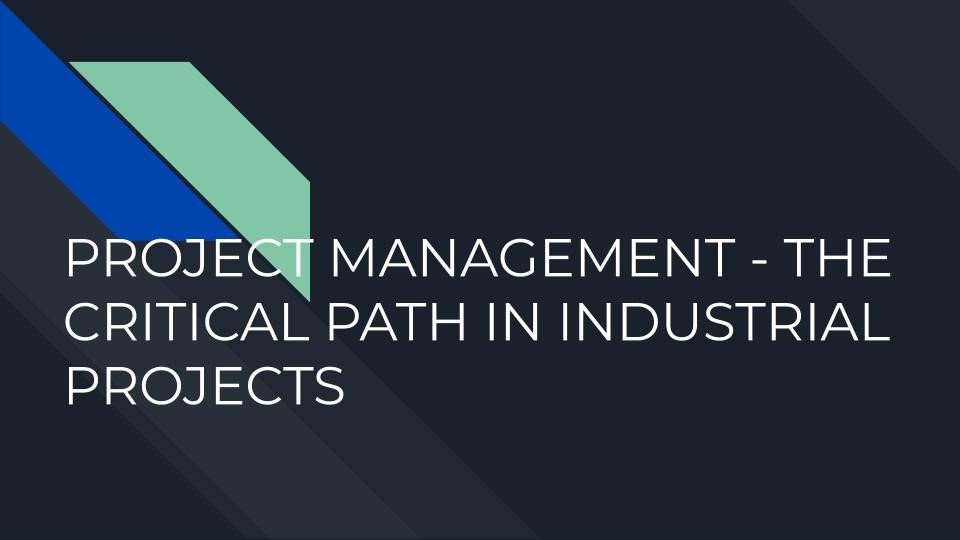
“A superior leader is a person who can bring ordinary people together to achieve extraordinary results.” – Unknown
While Operational activities are the management of daily activities, every now and then, or running concurrently with these activities are project based activities. A project is an organizational activity that has a beginning, a middle and an actual closure. Once a project is completed, it is usually handed over to the operational team to ensure that the unit is incorporated into the operational activities. One example of a project activity is the design, manufacture and commissioning of a heater. Once the heater is commissioned, the operational team will be the ones who’ll keep the unit involved in the organization’s daily activities. The operations of a unit is the fun part, let’s step a few steps back into the actions that facilitated the manifestation of the unit into the daily flow.
Since industrial sites are always evolving, a baseline operational design will not be static. Expansion projects require the involvement of design engineers and project managers. A project is a scheduled activity that consists of various activities. The aim is to ensure that all projects are completed during the appropriate timeline. Since time is money, there are a few critical project management focuses that an organization will be better off implementing as they embark the process of optimizing their plant and throughput. The critical path method in project management will be ideal for facilitating on time projects.
What Is the Critical Path Method?
As a project modeling technique, the critical path method actually involves a sequence of stages where the project manager (or project management software) can identify the least amount of time to complete a task. In the process of identifying this critical project management variable, the path that has the longest length of time to complete the project tasks is identified as the critical path. The method has widespread industrial acclaim and it is utilized in various engineering and plant maintenance projects. Let us delve into a project management definition of terms that will expand on some of the critical aspects of the critical path methodology.
While software does handle this task presently, it does help one to understand the fundamentals. With the critical path being the longest path between the project’s start and finish, as a project manager the critical path actually gives a realistic perspective of what the project timeframe is anticipated to be.
Definition of Terms:
Earliest Start Date: This is the earliest date that the task can be started in your project. This parameter is identified if all of the task sequences are known. For a more conservative estimate, it will help to know the lag in the start date. A buffer time if you will, just in case the earliest start date is missed.
Earliest Finish Date: For the tasks in the identified sequence, this is the earliest date that your task can be completed. Likewise, for this parameter, it will be useful to have a buffer for the finish date.
Float: Knowing that it is possible to sequence project activities, and even have some activities that operate in parallel if they’re independent, there are always unforeseen circumstances that can derail a project. Float is that time allocation in a project that identifies how much delay there can be for a task. If a project has a float, it can be relieved from the critical path. If a project is absolutely critical and has no float, it will definitely be on the critical path.
Utilizing a work breakdown structure, you can go through the process of creating a hierarchy of project activities that will identify the objectives of each step. Task sequences should be noted, as well as critical milestones. Project Management software, if given the appropriate software, will be able to determine for your organization, what the critical path of your project will be. The key is to ensure that the process flow for the project is properly identified and the adequate times for execution are noted in the project schedule.
Knowing all of this critical information will ensure that you will be able to manage your project in a way that will facilitate the determination of realistic timeframes. Many projects are actually completed in more time than the allotted timeframe. There are so many variables in the real world that impact the completion of a project – the weather, resources, human resources, pandemics (in 2020) that we need to be mindful that a realistic approach will ensure that no surprises are met along the way.
